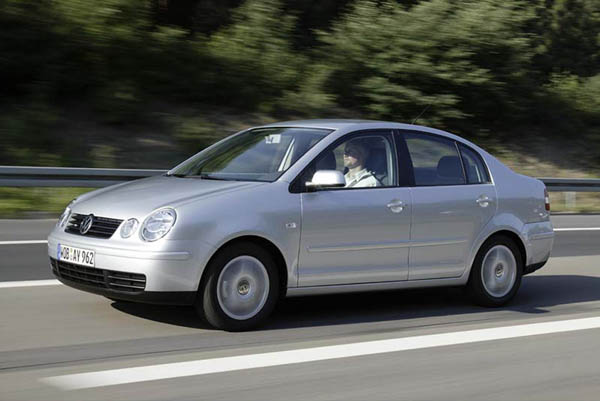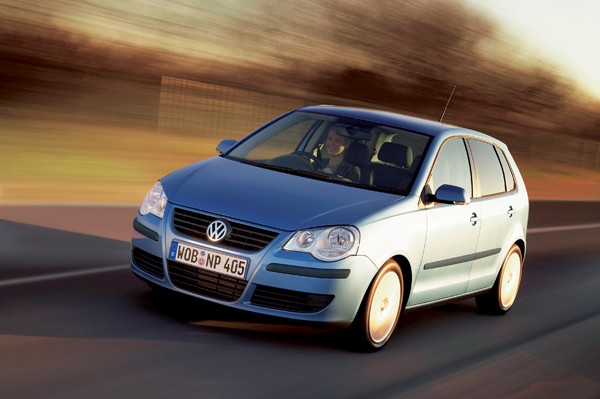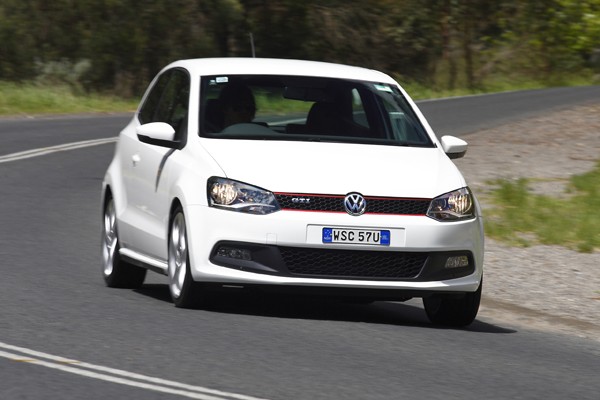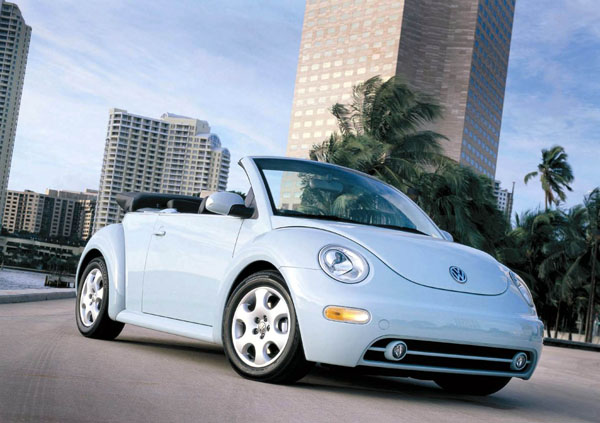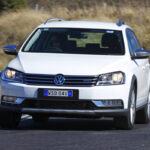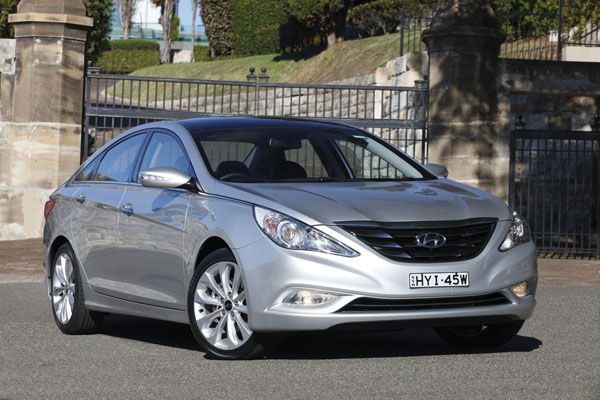Volkswagen Polo is a small car from a German giant, but hadn’t done a lot in Australia until recent years. That was chiefly because the local importer concentrated on the larger Golf and Passat models, but the somewhat dull styling of the Polo didn’t to it any favours.
The all-new 2010 model improved the looks and Volkswagen Polo finally become a serious contender in the small car market in Australia although it has been recently been upstaged in the styling stakes by its smaller brother the VW up!
To make way for the upcoming up! the Polo grew in size over the years and later models have similar dimensions to older VW Golfs. This means that recent Polos can be used as a family car if the kids are in their pre-teen years. This is common in Europe, but Aussies still prefer larger cars and SUVs for family use.
The Volkswagen Polo has a solid feel that’s not the norm in Asian competitors of this size. Owners love them and say they feel safe and secure within them.
Most Polos sold in Australia are hatchbacks, with either two or four passenger doors, but a four-door sedan, tagged as the Polo Classic, was imported from China during 2004 and 2005. The latter wasn’t a success due to dubious quality control.
Another interesting model is the Polo Open Air of 1998 to 2000. Though a five-door hatchback it had a huge sunroof that could let in plenty of fresh air when fully open. It wasn’t a success either, so is comparatively rare on the used-car front. Interestingly Fiat and then Citroen have since released models with huge sunroofs (Fiat 500 and Citroen DS3) so interest in the Polo Open Air may lift. If that’s the case and you get in quickly there may still be bargains on offer.
Handling was nothing special in the earlier days, with too much understeer. It can show up in anything more than moderate cornering and is presumably in there to maximise safety in the hands of clumsy drivers. This was improved in Polos from 2002 onwards.
Most Polos in Australia had petrol engines until about five years ago. But turbo-diesels have really started to sell in reasonable numbers in recent years.
Petrol engine capacities in the standard models are 1.4 and 1.6 litres. Performance from the smaller engine is better than you might expect due to the little VW’s relatively light weight. The 1.4 engine from the year 2000 was a more modern unit than the one it superseded and has a good combination of economy and performance.
The diesel is a 1.9-litre unit of relatively old design and isn’t all that much more economical than the later model petrol units.
Transmission options are five-speed manual and four-speed auto until the new model of 2008. The Polo Classic sedan, pre-2010 GTI, and TDI diesel are only sold with the manual. From 2008 a six-speed automatic was installed, this expanded to seven speeds in 2010. Manuals remained at five-speed units.
An interesting model is the spory Polo GTI. In its early versions it wasn’t the pocket rocket its name might suggest, chiefly because the turbocharged 1.8-litre engine is running only modest boost. Engine power in the Polo GTI launched in November 2010 was increased from a modest 110 kilowatts to a much healthier 132 kW when a TwinCharger (supercharged and turbocharged) engine was installed.
The real strength of the Polo GTI is its nimble handling. Firmer suspension and added precision through the steering means it gives you a lot of driving fun at a pretty modest price.
Volkswagen has undergone a big shakeup in Australia in recent years, which has led not only to better sales results, but also an increased number of dealerships. Dealers still tend to congregate in major metro areas, but an increasing number are being set up in country cities and large towns in the bush.
Service and repairs are moderate in price, though they can be higher than for equivalent sized Asian cars. We have heard of no real complaints about the cost or availability of spare parts.
A good amateur mechanic should be able to do a fair bit of their own work as the Polo has a simple mechanical layout and the underbonnet area isn’t too crowded. Have a repair manual at your side, and keep well clear of repairs that could affect the car’s safety.
Insurance costs are about average for a car in this European class, but you are likely to be charged extra, possibly substantially extra, to cover the Polo GTI.
WHAT TO LOOK FOR
Interior trim that has been continuously scorched by the Aussie sun may fade badly. The dash top and luggage cover will be the first to suffer. Look and feel for cracks, as well as for a dry feel in the plastics. Later models are better than those prior to 2005.
The VW Polo is generally well built, however the quality of assembly on the Polo Classic sedan left a lot to be desired.
Check a Classic’s interior as it can be on the rough and ready side.
Ensure the engine starts quickly and idles reasonably smoothly immediately it fires up.
Older VW Polo engines aren’t the most refined of units, but if one seems too bad it may be due for major repairs.
Gearchanges should be light and easy, with no crunching when you shift down quickly. The clutch should be smooth and predictable in its operation.
Look inside the boot for signs of harsh treatment as cars in this class sometimes get treated as small trucks by inner-city residents carting things around.
HOW MUCH?
Expect to pay from $3500 to $6500 for a 2004 Polo Club; $4500 to $8000 for a $2004 Classic sedan; $6000 to $10,000 for a 2006 Club three-door; $9000 to $14,000 for a 2010 77 TSI Comfortline; $14,000 to $20,000 for a 2012 66 TDI Comfortline; $15,000 to $21,000 for a 2011 three-door GTI; and $19,000 to $26,000 for a 2013 five-door GTI.
CAR BUYING TIP
Walking into a car yard with your finance and insurance already organised can help you push through a better deal.




